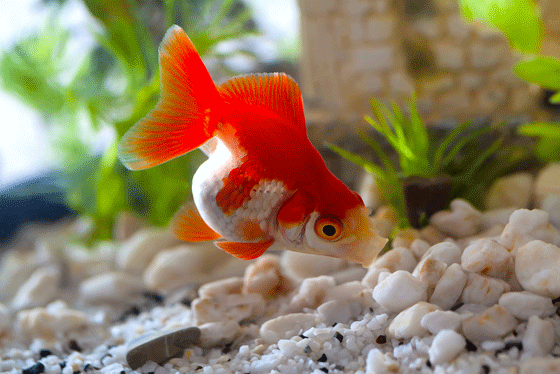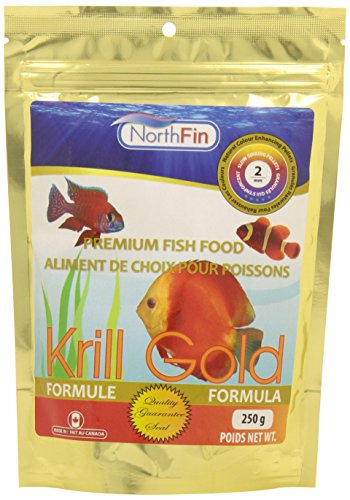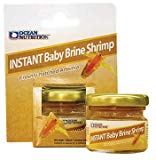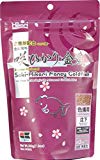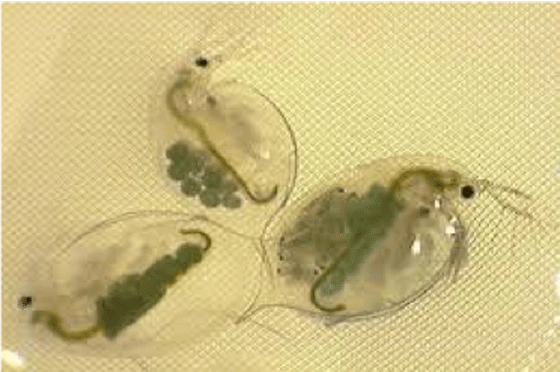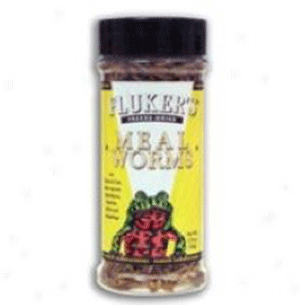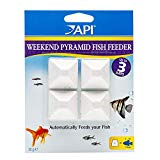Goldfish food needs to contain vital nutrients for the body’s metabolism and be well balanced.
The fish act as if they’re are always hungry and tend to eat as much food as offered. It’s up to you to regulate the amount and types of food given at feeding time.
Table of Contents
Feeding Tips
Feeding your goldfish is easy because they’re omnivores. This means goldfish will eat not only plants but animal tissues as well.
Goldfish aren’t choosy when it comes to what they’ll eat. If the food item is small enough to fit into their mouth they’ll consume it with very few exceptions. Even though they’ll eat anything, not everything is necessarily good for goldfish.
How often should I feed goldfish?
It’s best to feed 2 times a day.
If feeding twice a day feed an amount of food that can be consumed within 2 minutes.
If feeding once a day only feed the amount they can completely consume in 5 – 10 minutes.
![]()
Don’t overfeed. It’s easy to overfeed goldfish. They like to eat and always appear to be hungry.
What's the best time to feed goldfish?
Feed fish at a regular time daily.
These are the reasons regular feeding time is important.
- You’ll find your fish will be eager and waiting for their meal
- It’s easier to spot a fish that shows no interest in feeding indicating something is wrong.
Mealtime is essential for healthy goldfish. Taking care of their needs should be handled properly every day. Remember, they’re totally dependent on you.
How much do I feed goldfish?
They eat just a small pinch of food a day and are the most inexpensive of all pets as far as their nutritional needs are concerned.
Goldfish enjoy a variety of foods. In fact, they’re known to pretty much eat anything you put in their tanks. Feeding goldfish nutritious food doesn’t require a lot of money.
Goldfish flakes
The most common fish food is flakes and many first time goldfish owners stay with this obvious choice. Cheap and fuss free, quality flakes meet the nourishment requirements.
Flakes are easily digestible and easy for the fish to find. Fakes contain protein and other nutrients fish need to maintain their color and promote healthy growth.
![]() Nutrients in fish flakes diminish rather rapidly so it’s important to keep the batches fresh. Feeding fish old, stale flakes won’t provide fish with nutrients they need.
Nutrients in fish flakes diminish rather rapidly so it’s important to keep the batches fresh. Feeding fish old, stale flakes won’t provide fish with nutrients they need.
How to use:
Start by offering goldfish a small pinch of food. Continue offering as much food as the fish can eat in a 2-minute period, but only small amounts at a time. If any food remains in the water, try to remove it. This will stop excess food polluting the water.
Goldfish flakes are available in a variety of conveniently sized packages.
What else will they eat?
Some owners don’t realize that goldfish eat food other than flakes. Although flakes are a good choice, variety is good and there’s plenty of options and treats that can be included in their diet.
Goldfish pellets
Pellets are a healthy choice to feed fish because they contain proteins and nutrients the fish need. The nutrients will also help your goldfish keep its coloring brilliant. Some more common goldfish, such as Lionheads and Orandas, have species-specific pellets made for them with just the right balance of nutrients.
Some pellets are also light enough to float, allowing goldfish with telescoping eyes to better find their food. Because it’s difficult for them to see properly, the floating pellets help them tremendously.
Goldfish pellets are readily available but buy quality as some may not be nutritious enough to be used for every day feedings.
How to use:
- The pellets should be pre-soaked to ensure they don’t expand inside the goldfish. If the pellets expand after being eaten they’ll cause constipation issues.
- Goldfish will normally eat the pellets once or twice a day, depending on the size of the fish. The amount given will also vary. Larger fish may eat 8-10 pellets, while smaller fish will not be able to eat near that many.
Check ingredients and labels to see if the pellets are meant for mealtime or simply a snack.
Step up with these power products. Although they’re a little more expensive than flakes and pellets it’s worth trying these occasionally, to give your fish a treat.
Algae wafers
Repashy Soilent green gel food
How to use this super food: Mix a ratio of 1:3 water and stir on a stove top until boiling, remove. Alternatively place in a microwave, bring to the boil and remove. Stir well.
Pour into molds or a container and as Repashy cools it will firm up.
Treat it as a fresh food, therefore what’s not used immediately needs to be refrigerated (up to 2 weeks) or frozen (up to 6 months).
The natural behavior of river carp (these are ancestors of the goldfish) is to scavenge for algae on the bottom of the river. The technique below stimulates natural instincts
*While Repashy is still hot pour a small amount over the rough surface of a rock taken from the tank. Allow to cool.
Return the rock to the tank. The fish will smell the food and it stimulates their natural foraging instincts. It may take a little time for them to get used to it and feed. Our experience is that they’ll love it.
Note: Don’t leave the rock in the tank indefinitely. Just let the fish graze for a little while and then remove it. You can wrap the rock in cling wrap and store in the refrigerator. It lasts about 5 days in the fridge.
Brine Shrimp eggs
Most goldfish are omnivores and eat both meat and non-meat foods. A common part of their diet is brine shrimp which is a small, aquatic crustacean. They’re known commercially as Sea Monkeys.
Brine shrimp can be sold packaged in frozen servings so that only a small portion needs to be fed to the fish at a time. And you’ll also often find them as one of the ingredients in pellets and flakes.
Brine shrimp eggs are the food of choice for fry and developing fish.
They can also be eaten live and this is the preference for most goldfish.
Food for fancy goldfish
If you have goldfish with a wen you need to choose food that caters for their specific dietary needs.
Hikari produce a range with options to suit different fish. Food is specially designed for fancy goldfish breeds, and those that need to keep a wen in good condition. Whether you’ve got Oranda, Ranchu, Ryukin, Lionheads or Comets you’ll find a Hikari food that will benefit their coloration.
Daphnia
Daphnia can be classified similarly to brine shrimp, meaning they’re aquatic crustaceans, although some refer to them as water fleas. Daphnia are found in different forms including frozen, freeze-dried daphnia and live. Frozen daphnia are usually presented in slab-form and small chunks can be broken off and fed to the fish.
Live daphnia are considered a treat food for goldfish.
Worms
Goldfish also love to eat worms as part of their healthy diet. There’s a variety of worms that they’ll eat, including tubifex worms, mealworms, bloodworms, and wax worms.
Worms can either be fed to the fish live, in a net, or fed to them in dried, pellet or cubed form.
Fresh vegetables and fruit
Fresh nutrients found in fruits and vegetables also make great additions. Fish should have a wide range of foods in their diet to provide them with balanced health. The food goldfish most like is fresh vegetables.
So they can eat vegetables properly, it’s best to affixit somehow so it doesn’t just float around in the tank. Try using a hook with a suction cup or some sort of net is best. The fish will nibble on the pieces even if they’re larger than their mouths.
The benefits
- Greens are good for the digestion system
- Peas help resolve constipation issues in goldfish
- They enjoy the variety
*Lettuce and peas are particularly good choices.
![]() Before feeding them they’ll need to boiled or softened in some way. Peas should be cooked, skins taken off, and slightly mashed before being fed to goldfish.
Before feeding them they’ll need to boiled or softened in some way. Peas should be cooked, skins taken off, and slightly mashed before being fed to goldfish.
Some options you can try are peas, carrots, squash, zucchini, lettuce, cucumber, melons and bananas.
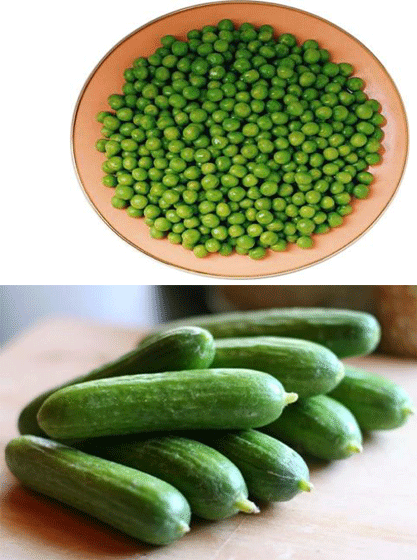
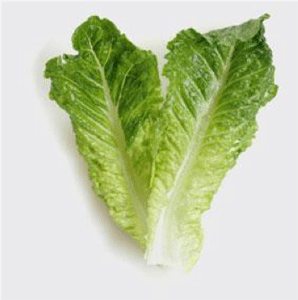
Aquatic plants
Anacharis plants tend to grow fast, are inexpensive, and goldfish love to eat them. The plants can be placed directly into the tank.
You’ll have to replenish the plants as fish tend to eat them up and pull them apart.
5 Warnings (don't skip these)
![]() Pellet food that’s not soaked before feeding can expand in the digestive tract of the goldfish. This can cause serious problems as it produces blockage and constipation issues.
Pellet food that’s not soaked before feeding can expand in the digestive tract of the goldfish. This can cause serious problems as it produces blockage and constipation issues.
![]() If food is stuck on the top of the fish tank, the goldfish can ingest air and this causes constipation issues.
If food is stuck on the top of the fish tank, the goldfish can ingest air and this causes constipation issues.
![]()
Goldfish enjoy frozen and live food. Eg live brine shrimp, blood worms, earthworms, krill, other shrimp and worms. However by introducing live foods you run the risk of introducing infectious diseases to your tank.
- Frozen food provides the same benefits as live food. A variety of frozen brine shrimp, tubifex worms, or mosquito larvae is available.
![]() Goldfish eat just about anything that’s put in their tank. However, some things can be harmful. It’s important to feed only what’s recommended for goldfish and very small amounts.
Goldfish eat just about anything that’s put in their tank. However, some things can be harmful. It’s important to feed only what’s recommended for goldfish and very small amounts.
![]() Overfeeding can cause swim bladder problems and constipation issues. These can be dangerous and take time to clear up.
Overfeeding can cause swim bladder problems and constipation issues. These can be dangerous and take time to clear up.
Weekend Food
Floating feed ring
This is a nifty invention that helps in feeding fish.The floating feed ring will keep all the food in one place. The fish know exactly where to find the food and it helps keep your tank clean.
When your fish are fed properly and the food is safe it promotes a long, healthy life. There really is no excuse for them being malnourished with the variety available. So when thinking about what you can add to the diet of your goldfish, remember variety makes a big difference to their health and keeps them happy and vibrant.

